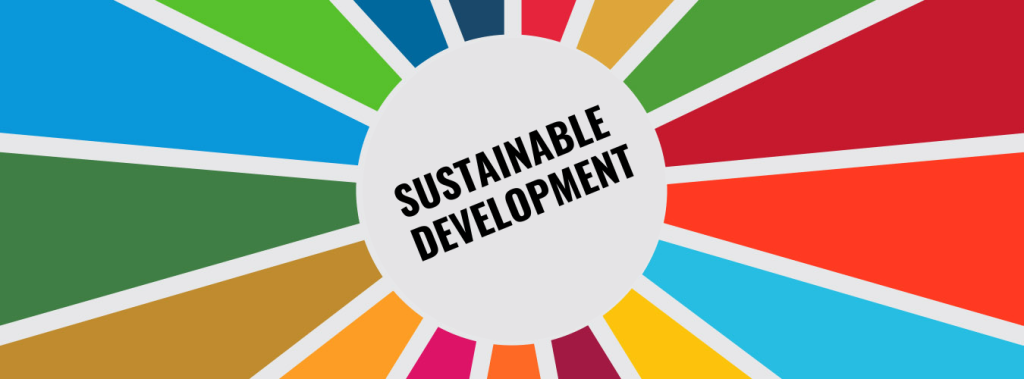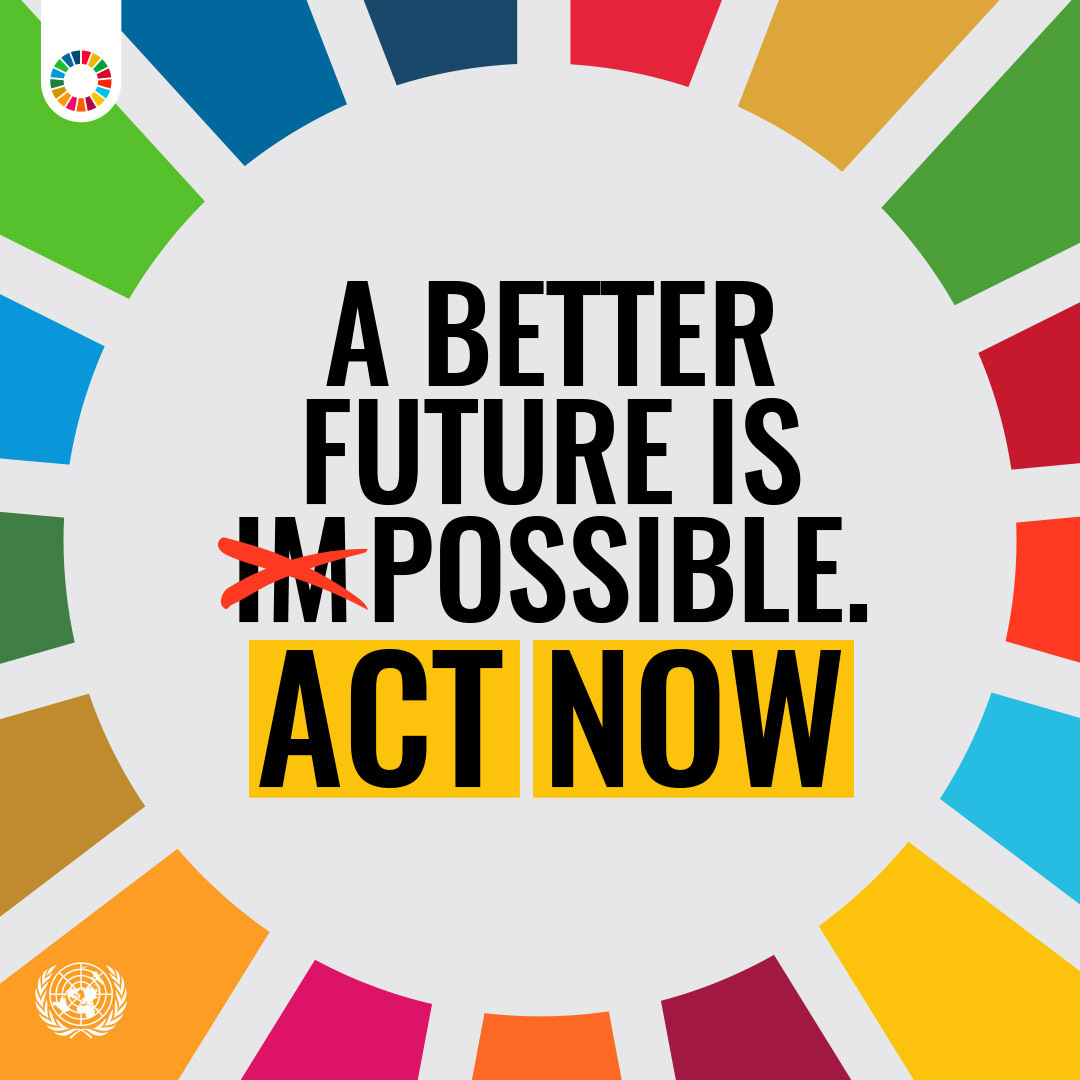
Sustainable development is how we must live today if we want a better tomorrow, by meeting present needs without compromising the chances of future generations to meet their needs. The survival of our societies and our shared planet depends on a more sustainable world.
It’s a bit of a juggling act. Three different balls must be kept in the air at once: economic growth, social inclusion, and environmental protection. If one or two fall to the ground, the act is over. An economy might grow rapidly, for instance – but only for so long if most people remain poor and all the natural resources are used up.
Where development is sustainable, everyone has access to decent work, quality health care and education. Natural resource use avoids pollution and permanent losses to the environment. Public policy choices ensure that no one is left behind due to disadvantages or discrimination.
Making the Right Choices Now
If you want to understand why sustainable development is so important in real-world terms, just look around. On average globally, people live longer lives with higher incomes. But a lot of development is unsustainable. It has taken us to climate change. Environmental destruction. Conflict. Poverty and hunger. Vast inequalities and social instability.
Unsustainable development happens when people pursue immediate rewards without thinking about harms to other people or the planet. Often, short-term gains are overshadowed by longer-term costs. That’s the case when someone cuts down an entire forest to turn a quick profit – even if an ecosystem collapses, endangered species die off and local communities are left at permanent risk of devastating floods.
A blueprint for our common future
 In 2015, UN Member States translated their vision of sustainable development into a blueprint for achieving it: the 2030 Agenda for Sustainable Development. Its 17 Sustainable Development Goals —with ambitious targets to achieve by 2030— cover the three dimensions of sustainable development: the economy, social development and the environment.
In 2015, UN Member States translated their vision of sustainable development into a blueprint for achieving it: the 2030 Agenda for Sustainable Development. Its 17 Sustainable Development Goals —with ambitious targets to achieve by 2030— cover the three dimensions of sustainable development: the economy, social development and the environment.
However, halfway to our 2030 deadline, the climate crisis, a weak global economy, conflicts and the lingering impact of COVID-19 have put the Goals in jeopardy.
According to the UN SDGs Report 2023: Special Edition, the number of people living in extreme poverty in 2020 rose to 724 million, and now gender equality is some 300 years away. The Intergovernmental Panel on Climate Change (IPCC) warns that without more robust policies across all sectors, the world is likely to surpass the critical 1.5°C tipping point by 2035.
It is not too late to reset efforts to reach them, however. To advance the sustainable development agenda, governments are integrating the Goals into national plans. However, a fundamental shift is needed to put the world on a better path. And with seven years left to achieve the 2030 Agenda, it is needed now.
The SDG Summit, to be held at UN headquarters on 18-19 September 2023, will be a defining moment for world leaders to renew their commitments and deliver the breakthroughs that our world desperately needs. The Summit will be an opportunity to review progress and gaps in achieving the Goals and will seek to provide high-level political guidance on transformative, accelerated actions to reach the Goals by their 2030 endpoint.
Anyone can act
It is not only up to our world leaders. Every person can benefit from a more prosperous, inclusive and resilient world. We can all do something about it, regardless of whether we are in a government or civil society, run a business or a home, are in school or out of it.
While governments set policies to steer sustainable development, and both the public and private sectors have to finance the major shifts it requires, individual decisions add up fast. Your choices to earn a living, move around, make friends or advocate for justice can all make an impact. Want to know more? Find out how you can act now for our common future. Embrace the possible.
